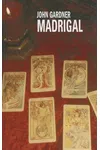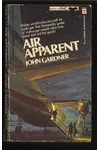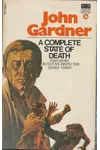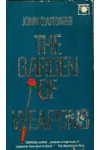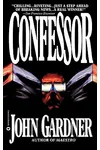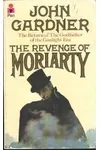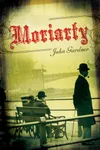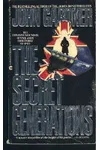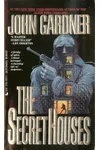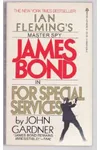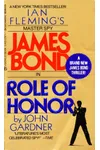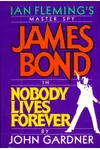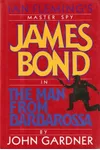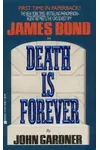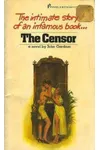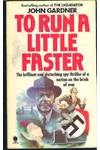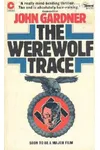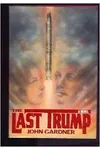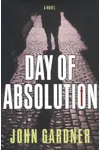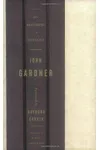Picture a British storyteller who revived the world’s most famous spy and crafted thrillers that kept readers on edge—meet John Gardner! Born in 1926, this former Royal Marine Commando turned Anglican priest became a literary force, penning over 50 novels, including 16 James Bond adventures. His knack for blending espionage, humor, and historical detail made him a standout in the thriller genre.
Gardner’s journey from a small Northumberland village to international acclaim is as gripping as his stories. With a career spanning decades, he not only continued Ian Fleming’s 007 legacy but also created unforgettable characters like Boysie Oakes, leaving a lasting mark on spy fiction.
The Making of John Gardner
John Edmund Gardner was born on November 20, 1926, in Seaton Delaval, Northumberland. The son of an Anglican priest, he grew up steeped in theology and literature. At 14, he joined the Home Guard during World War II, later serving in the Royal Navy’s Fleet Air Arm and as a Royal Marine Commando in the Middle and Far East. After the war, Gardner studied theology at Cambridge, briefly becoming a priest before a crisis of faith led him to journalism and theater. His early career as a drama critic and stage magician hinted at the flair he’d later bring to fiction.
In the 1960s, Gardner kicked off his writing career with the Boysie Oakes series, a humorous take on espionage that parodied the suave spy archetype. These novels, starting with The Liquidator in 1964, showcased his wit and set the stage for his bigger role in the literary world.
John Gardner’s Unforgettable Stories
Gardner’s most famous contribution came in 1981 when he was chosen to continue the James Bond series after Ian Fleming’s death. His first Bond novel, Licence Renewed, brought 007 into the 1980s with a politically correct edge—Bond even traded his Aston Martin for a Saab 900 Turbo! Over 16 novels, including Icebreaker and GoldenEye, Gardner modernized Bond while keeping the charm, though critics noted occasional “silliness” in plots like Scorpius, set in Chippenham.
Beyond Bond, Gardner created the neurotic British agent Herbie Kruger in novels like The Nostradamus Traitor, blending espionage with World War II history. His Boysie Oakes series, featuring a bumbling yet lovable anti-hero, offered a lighter contrast to 007’s polish. Gardner also reimagined Sherlock Holmes’ nemesis in the Moriarty trilogy, starting with The Return of Moriarty, showcasing his knack for historical accuracy and Victorian slang. His later Suzie Mountford series, starring a 1930s female detective, tackled wartime mysteries with grit and charm.
Gardner’s style was technically sharp, often mimicking the voices of literary giants like John le Carré or Graham Greene. His attention to historical detail—whether Nazi-era fears in The Werewolf Trace or occult undertones in his Kruger novels—added depth to his thrilling narratives.
Why John Gardner Matters
Gardner’s impact on espionage fiction lies in his ability to refresh iconic characters while crafting original ones. His Bond novels, though divisive among critics, were commercial hits, landing on The New York Times Best Seller list and keeping 007 relevant for a new generation. His Boysie Oakes and Suzie Mountford characters brought humor and resilience to the genre, proving his versatility.
Despite battling cancer and personal loss, Gardner’s persistence shone through, with his final works published posthumously. His legacy endures in the thrillers that still captivate readers and in his bold reinvention of a cultural icon. Gardner may have felt overshadowed by Bond, but his unique voice and prolific output cement his place in literary history.
- Born: November 20, 1926, Seaton Delaval, Northumberland
- Key Works: Licence Renewed, The Liquidator, The Return of Moriarty, Bottled Spider
- Notable: Wrote 16 James Bond novels and created Boysie Oakes
Ready for a thrilling ride? Snag Licence Renewed or The Liquidator and dive into John Gardner’s world of spies, wit, and intrigue!



